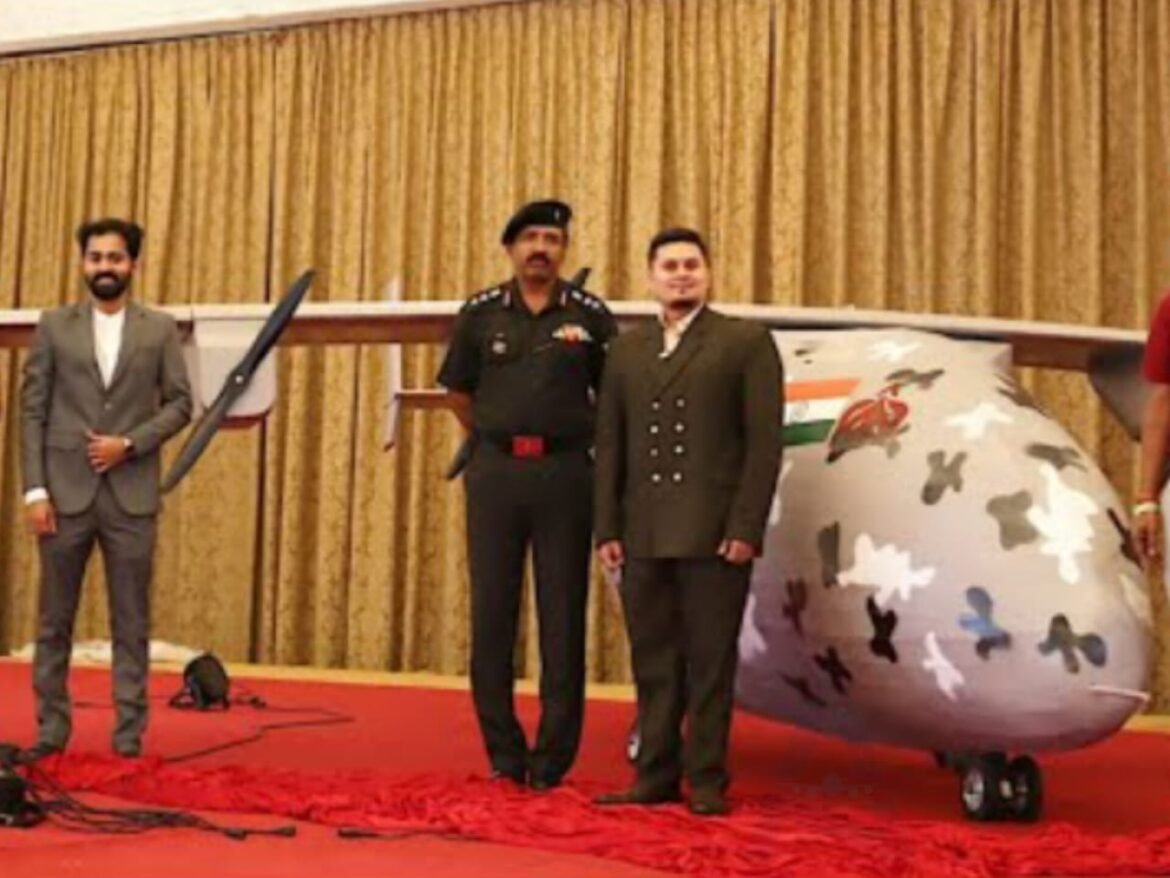India’s recent unveiling of a Bomber Unmanned Aerial Vehicle (UAV) has sparked considerable debate within military and aviation circles. While some herald it as a bold step forward in defense innovation, others question whether the hype surrounding the development exceeds its actual significance. So, is India’s move truly groundbreaking, or is it simply a case of overhyped innovation? Let’s explore.
The introduction of a Bomber UAV represents a significant milestone for India’s defense capabilities. As one of the world’s fastest-growing military powers, India faces a diverse range of security challenges, from border disputes to counter-terrorism operations. In this context, the development of advanced UAV technology has emerged as a priority for bolstering India’s aerial reconnaissance and strike capabilities.
Proponents of India’s Bomber UAV argue that it fills a crucial gap in the country’s defense arsenal, providing a cost-effective and versatile platform for conducting precision airstrikes and intelligence-gathering missions. Unlike traditional manned bombers, UAVs offer greater flexibility, endurance, and survivability, making them well-suited for modern warfare scenarios.
Furthermore, India’s foray into Bomber UAV technology reflects its growing self-reliance in defense manufacturing. By developing indigenous UAV capabilities, India aims to reduce its reliance on foreign suppliers and enhance its strategic autonomy in defense procurement. This aligns with the government’s broader vision of promoting domestic innovation and fostering a thriving defense industry ecosystem.
However, skepticism surrounds the unveiling of India’s Bomber UAV, with critics questioning the actual capabilities and effectiveness of the platform. Some argue that the emphasis on UAV technology may divert resources away from other critical defense priorities, such as modernizing conventional air assets or strengthening ground-based defenses. Additionally, concerns have been raised about the feasibility of integrating Bomber UAVs into existing military infrastructure and operational doctrine.
Moreover, there are doubts about the operational readiness and reliability of India’s indigenous UAV systems. Developing and fielding advanced military technology requires rigorous testing, validation, and refinement, processes that can take years or even decades to complete. As such, the true potential of India’s Bomber UAV may not be realized for some time, raising questions about the wisdom of celebrating its unveiling as a game-changing development.
In conclusion, India’s unveiling of a Bomber UAV represents both a bold step forward in defense innovation and a subject of legitimate scrutiny. While the development of indigenous UAV capabilities holds promise for enhancing India’s military capabilities and strategic autonomy, it is essential to temper enthusiasm with a dose of realism. The true value of India’s Bomber UAV will ultimately be determined by its performance in real-world scenarios and its ability to address the evolving security challenges facing the nation. As India continues to invest in defense innovation, it must strike a balance between ambition and practicality, ensuring that its technological advancements align with its broader defense objectives and national security interests.

